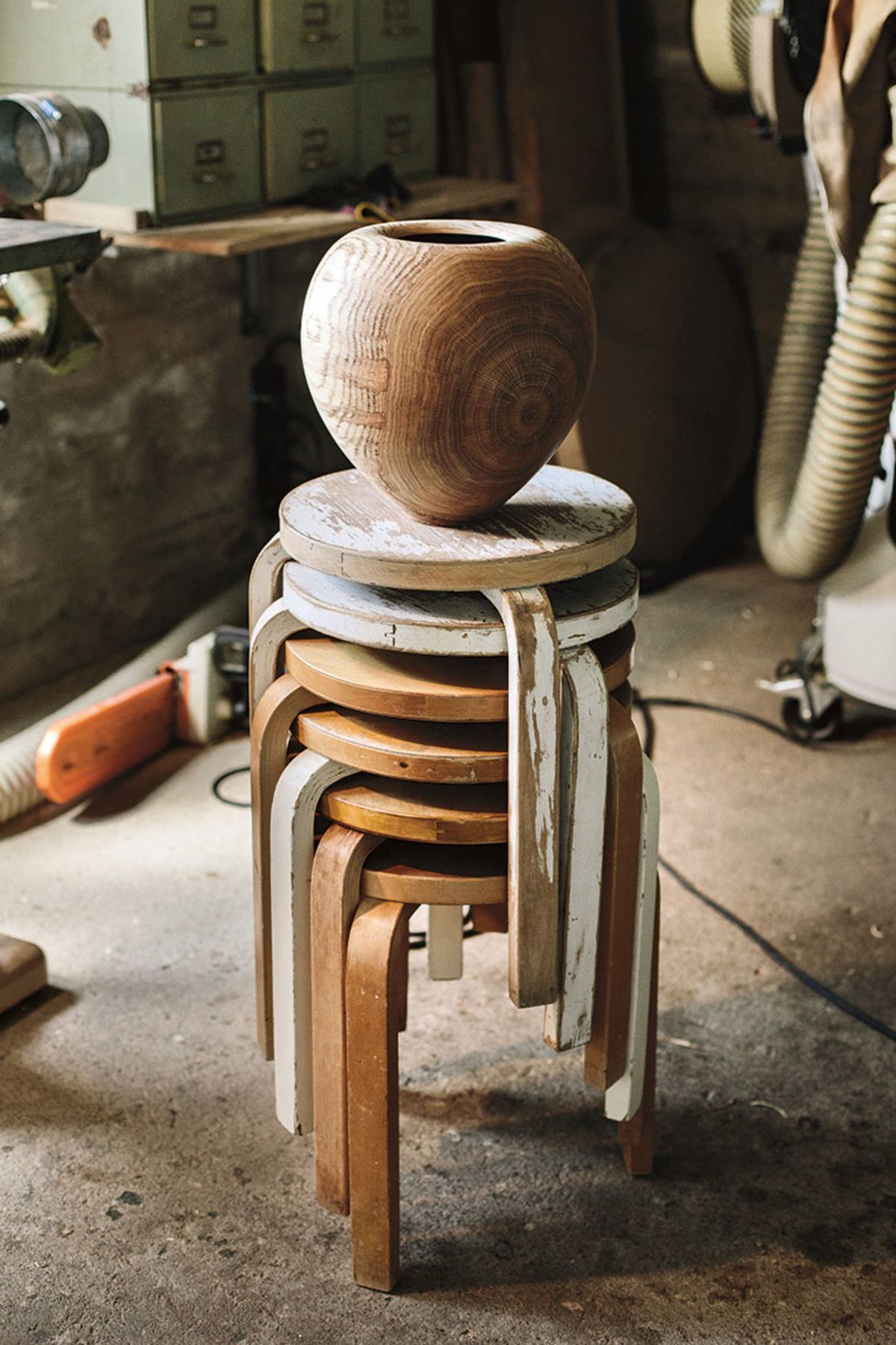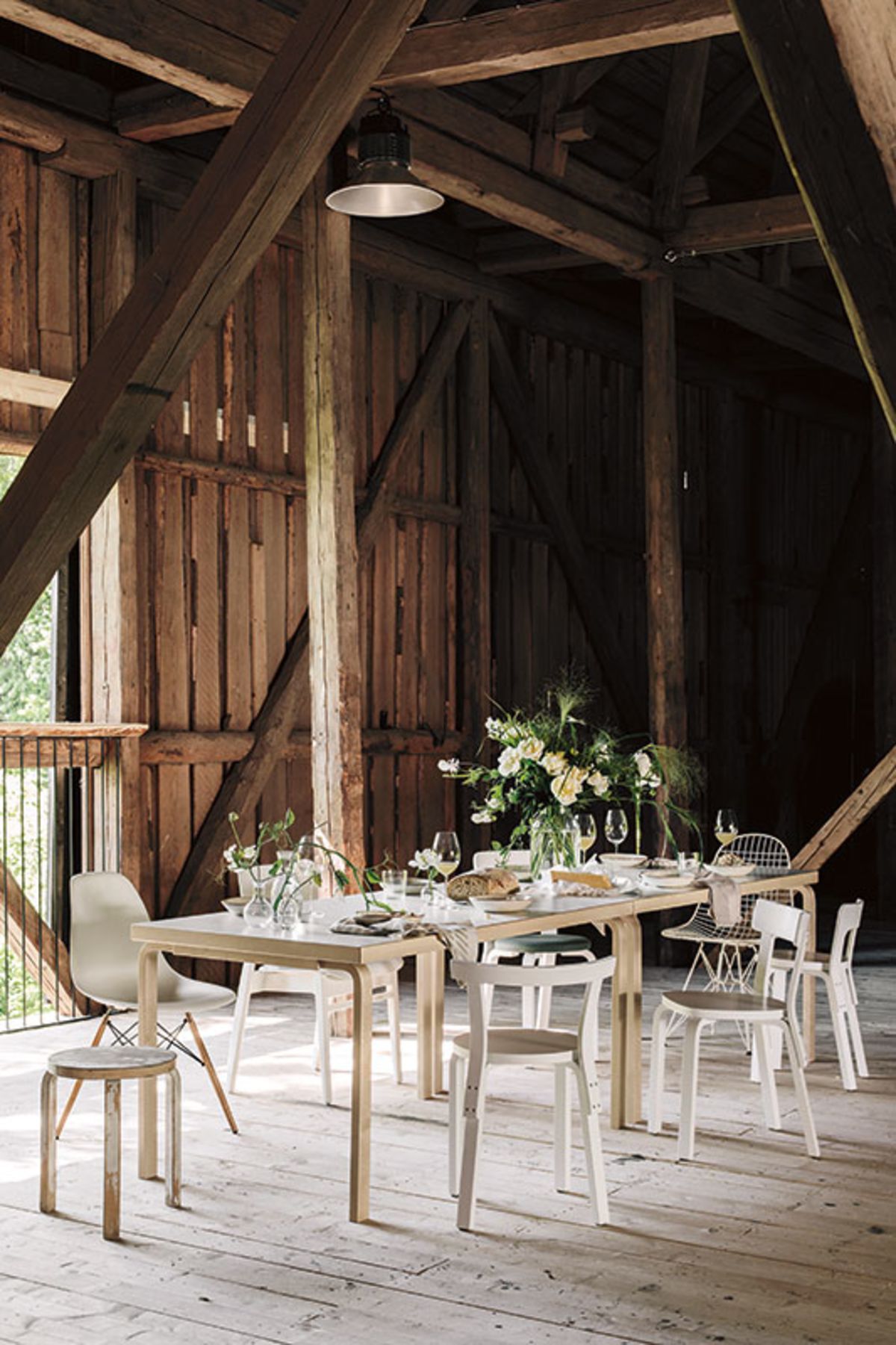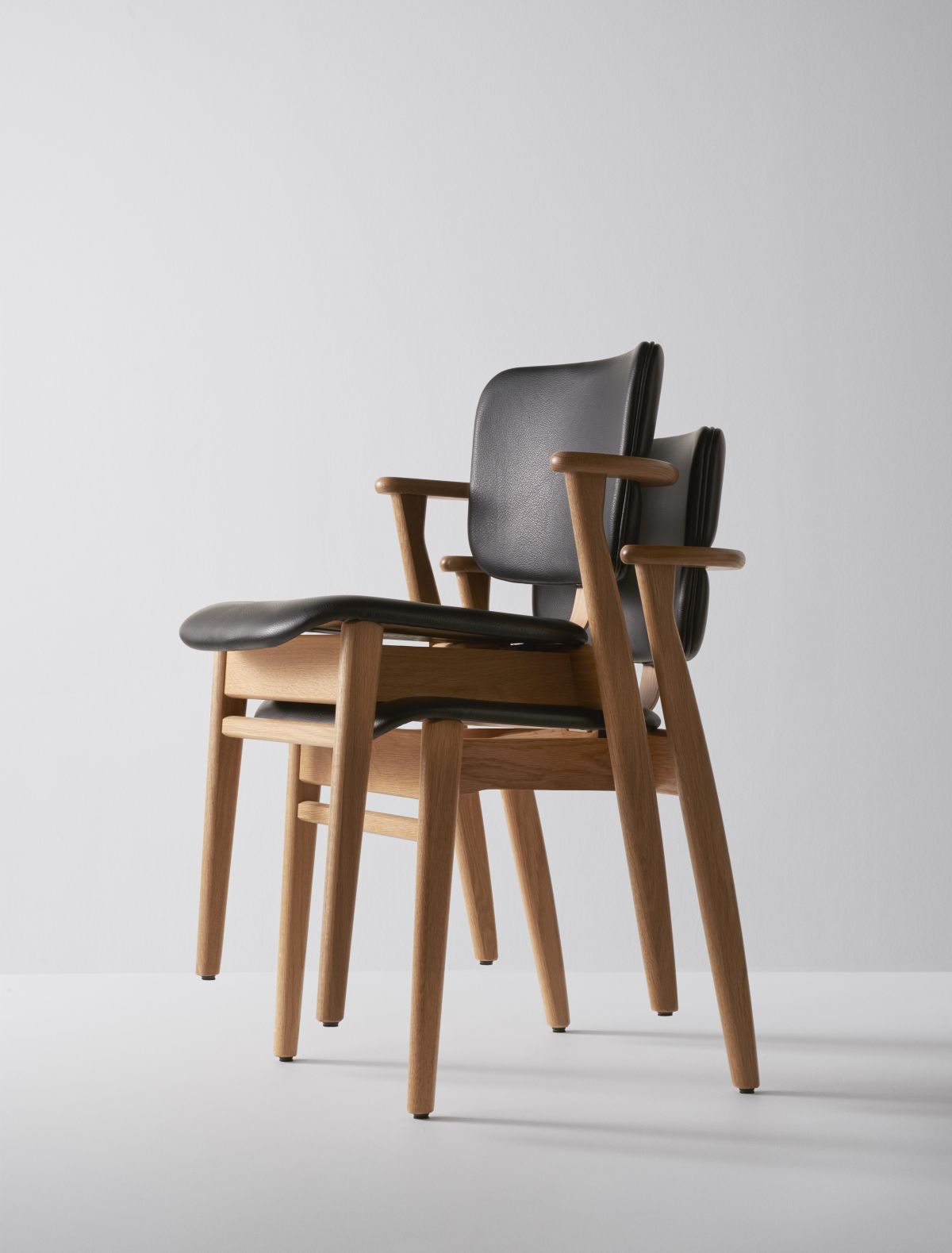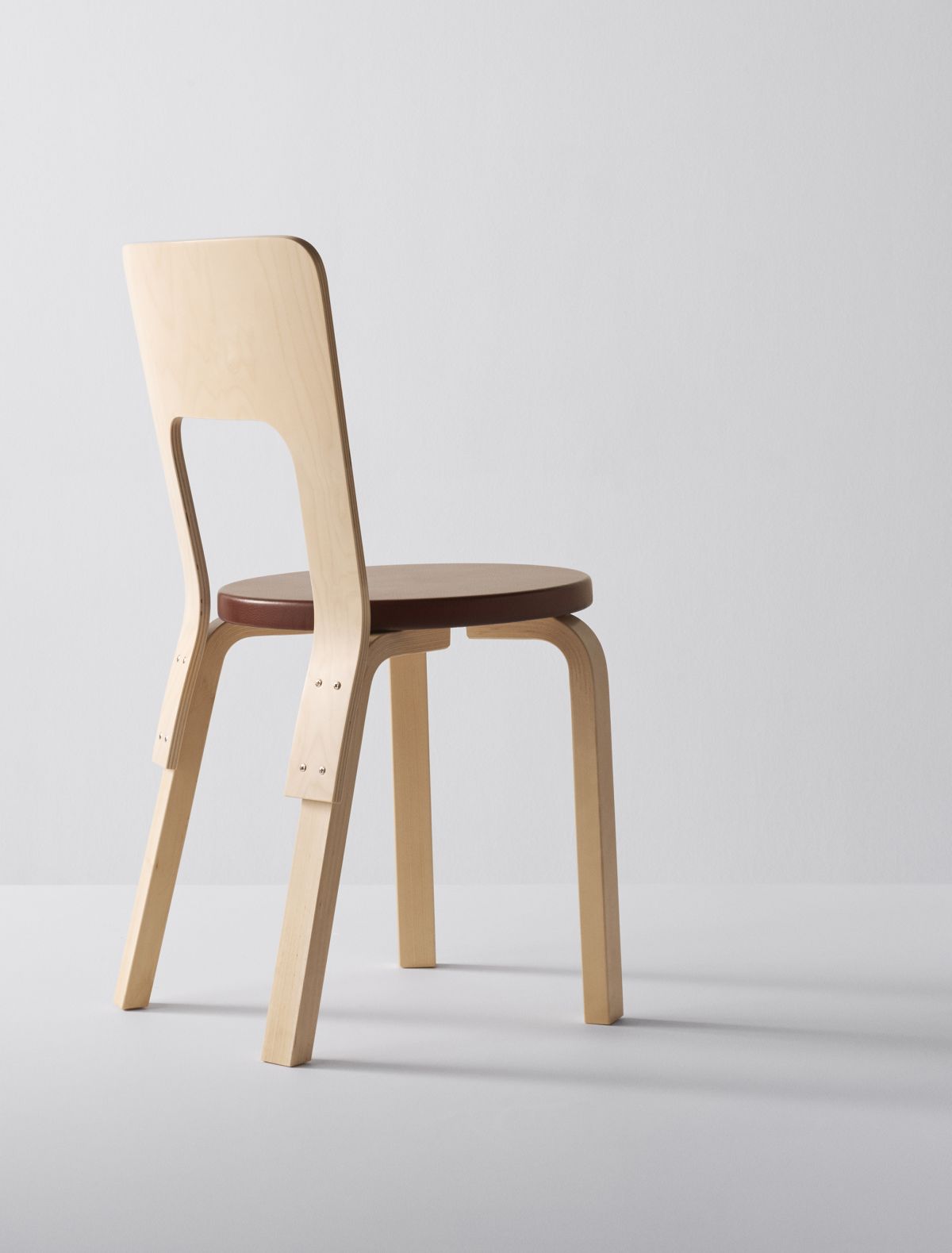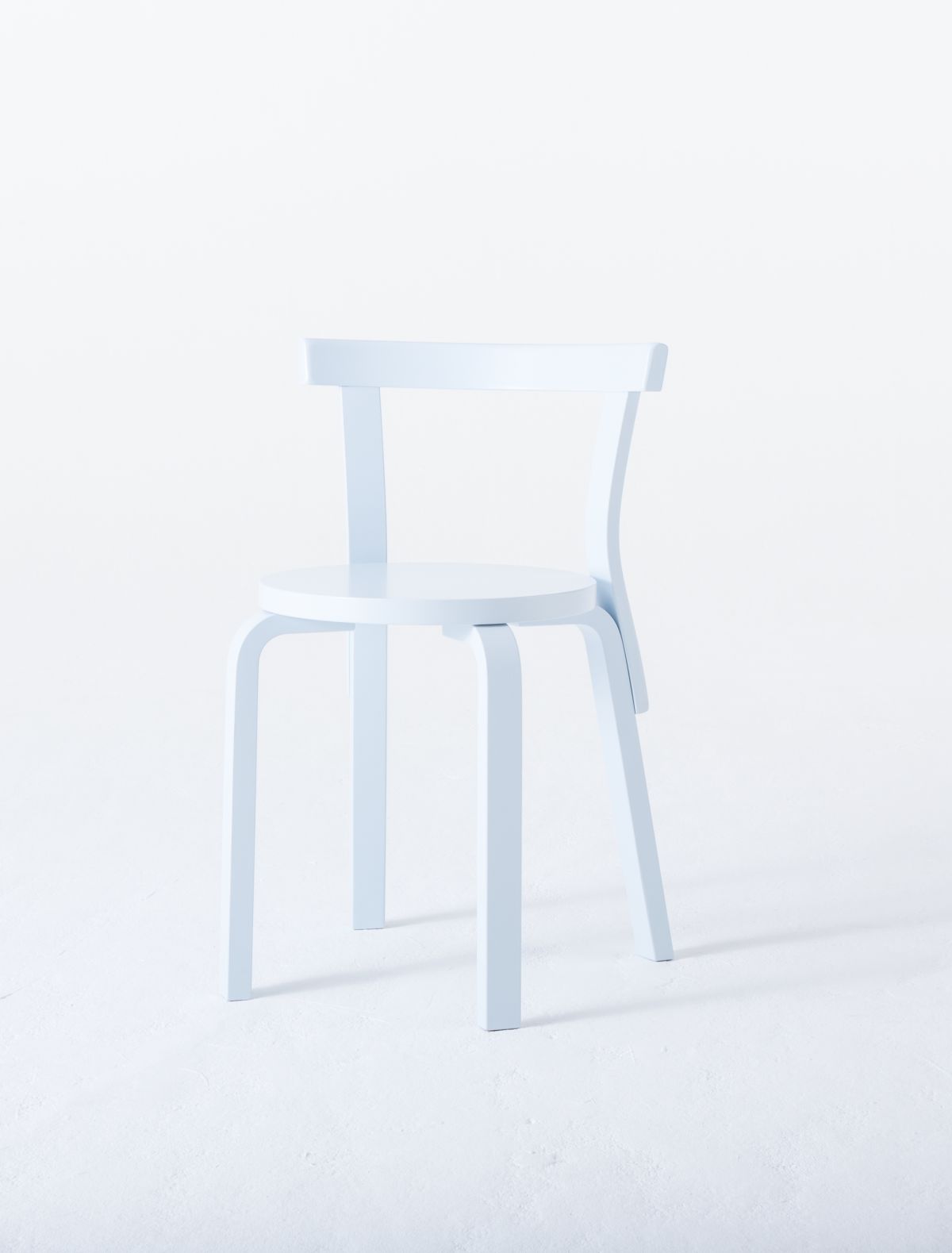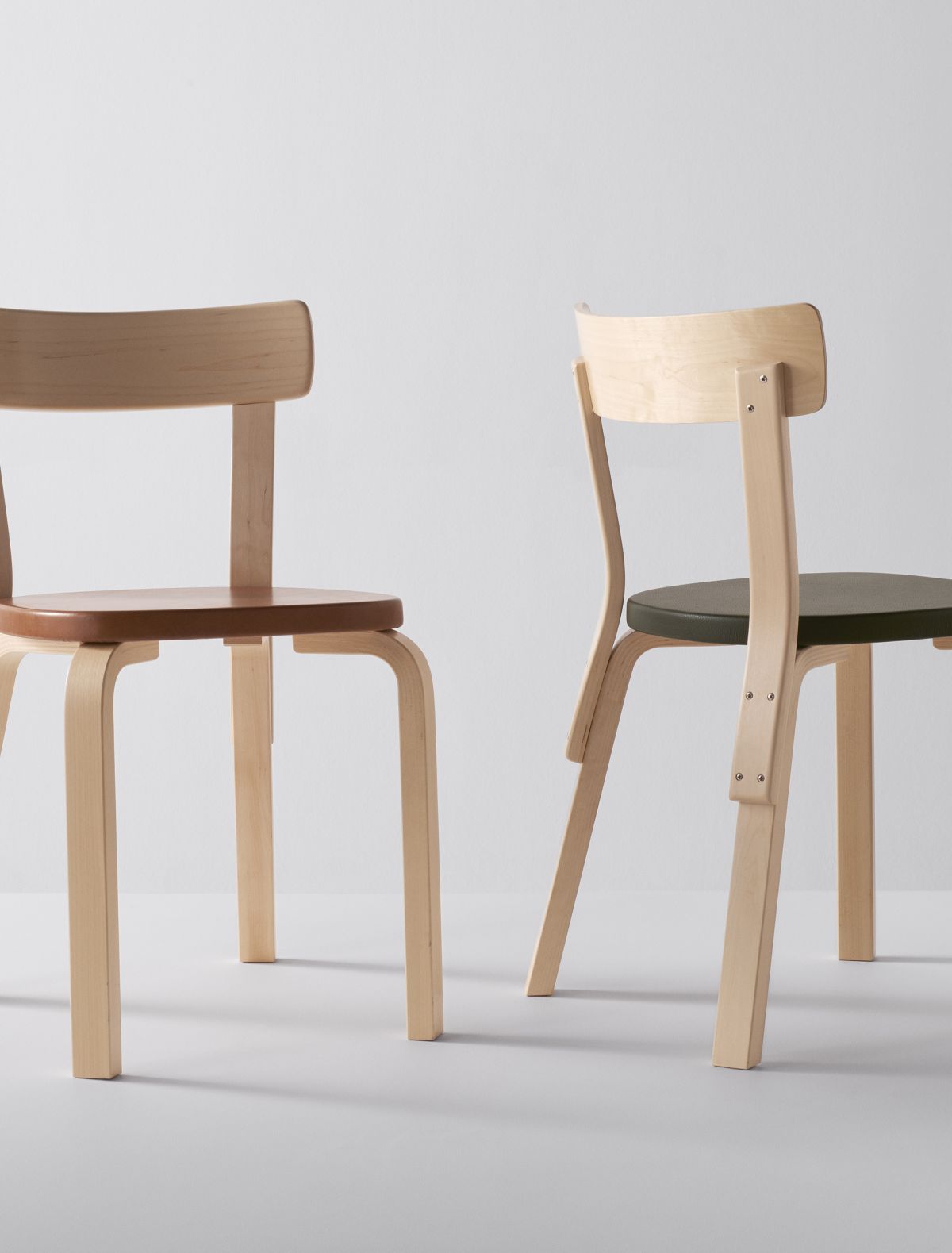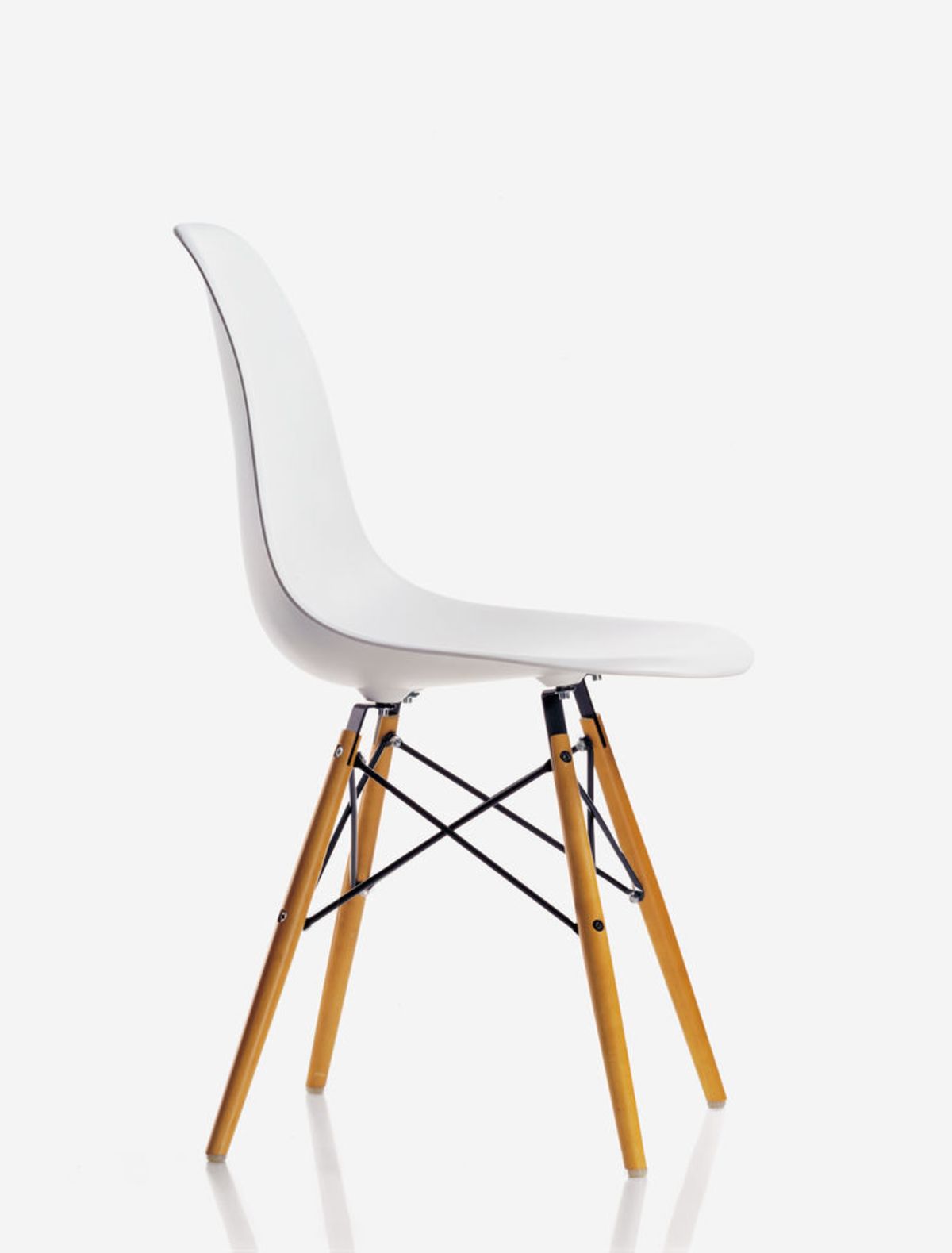
Matti Söderkultalahti: Wood has a will of its own
“There are no two trees that are the same; each is completely unique. The faster the tree has grown, the stronger is its will to survive and take shape, and the harder it will be to process. It’ll twist when you try to turn it. That is exactly what makes the process interesting and challenging. The result is always based on interaction.”
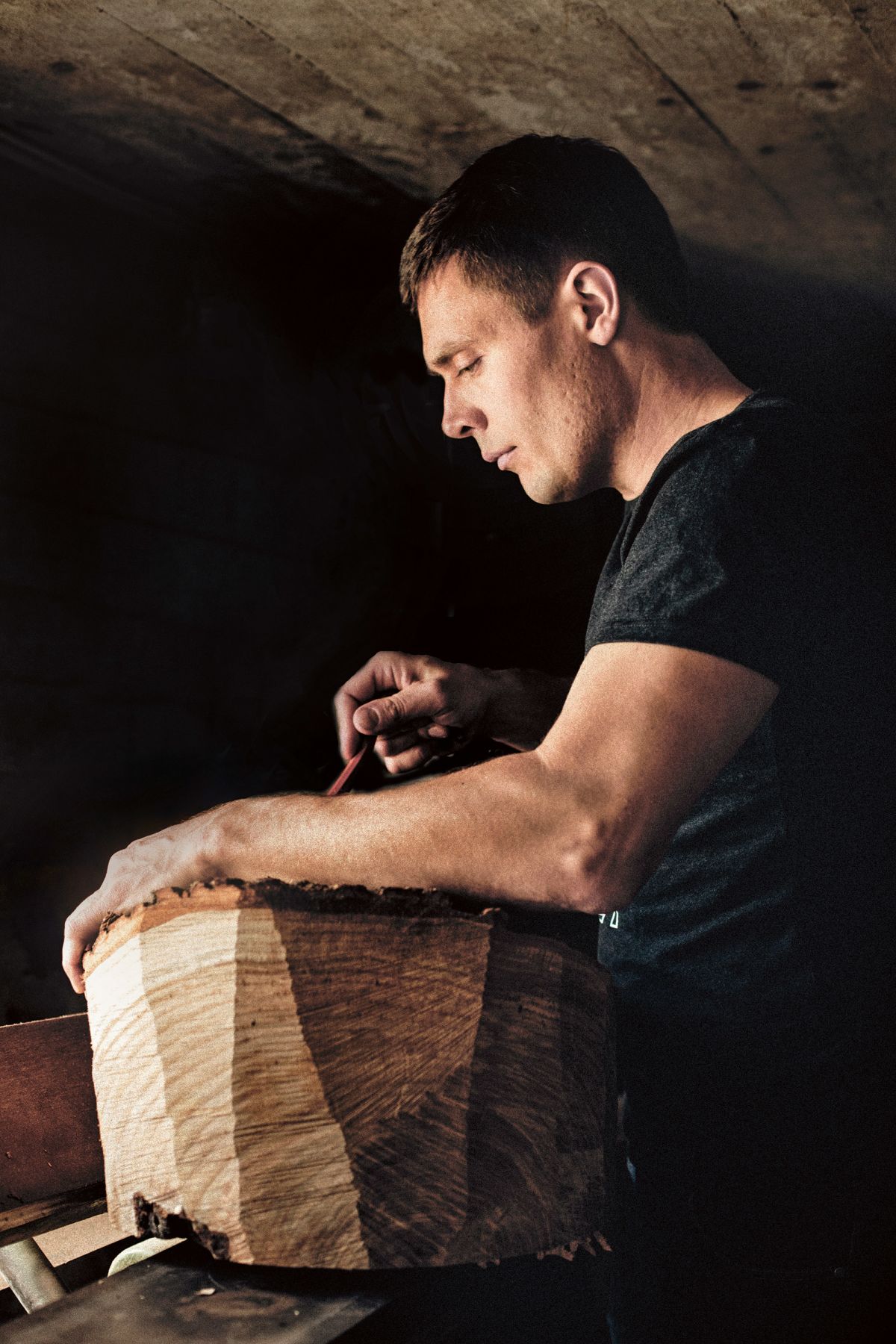
“I got excited about wood already before school age. I made willow whistles, bows and arrows and bark boats. To see them function was the best moment: the whistle would blow, the boat stayed up and sailed and the arrow launched from the bow. I lived on a farm in Evijärvi, in the middle of fields and woods. Everyone around me worked on something related to the environment; I didn’t know there was any other way. In the wood artisan school, I started to wonder what lies behind Finns’ attitude towards turned wood. Turned objects are understood as candle holders, burl art or hobby crafts from the war time. I decided to do something about this. I decided to become a master turner. I aimed high since the very beginning. I didn’t want to make objects sold on a market place. Finns think that everything made of wood must be extremely practical. I wanted to escape this thinking. Currently practicality is no concern to me at all. My bowls are my sculptures. I see wood like an artist, it’s my material.
Turning is a demanding technique that is not being properly taught practically anywhere. I have learned everything I know of turning by trial and error. It all starts in the wood. People call me to say they have a fallen tree and ask me to come and take it. Alternatively, I visit dumps and saw mills looking for suitable tree trunks. I only use wood from trees that would be felled anyway or that have fallen in a storm, for example. I’ll show up with a truck and chain saw and cut the trunk into manageable pieces. I use Finnish hardwood: oak, elm and maple. I like their decorative character. Especially elm is a fine and colourful species. Oak is more conservative and solid in colour. I always use fresh wood. It has all of the tension, the life, left. Fresh wood still has a will of its own. There are no two trees that are the same. Each one is completely unique, even if they are of the same species and taken from the same place. The faster the tree has grown, the stronger is its will to live and take shape. And the harder it is to process. It’ll twist when I try to turn it. That exactly makes the process interesting and challenging.
When I see a log, I cut out a piece to see how the grains go, the colour and the location of the knots. Sometimes I spend days studying and chopping up a log. I know how the material behaves when it dries, and yet, I only have an inkling of how my final result will appear. A Norwegian master turner once said that he wants to tell the wood what it’s about to come. I don’t think that way. The result is always based on my interaction with the wood. I don’t want to make a dead object. I want the form to be alive. I want my works to have character. That’s why I never make drawings. I sketch by using my chisel on the wood. Or I sort of throw the wood like on a potter’s wheel, trying to reveal the form. In my work, I utilize big branches and discolouration. To me, they represent opportunities, not faults. I constantly strive for the perfect form, both regarding the material and technical skills. An American reviewer called my work lyrical. My collectors have told me that looking at or touching my items calms their nerves; that the items encompass a healing effect. This was the finest feedback for my work I can imagine.”
Matti Söderkultalahti
Born in 1978 in Evijärvi. Graduated builder-carpenter (1996) and wood artisan (2001), received specialized master carpenter’s degree in 2006. Studied decorative woodwork on a further education course with master Oiva Kentta 2001–2003. Cooperated with several well known designers and design agencies and presented in several co-exhibitions in Finland, Japan and Korea. Mission in life: to achieve the same appreciated position for woodwork as glass and ceramics have in Finland.
Artek Helsinki
Keskuskatu 1 B
00100 Helsinki, Finland
tel. +358 10 617 3480
artekhelsinki@artek.fi
Mon-Sat 10:00 –18:00
